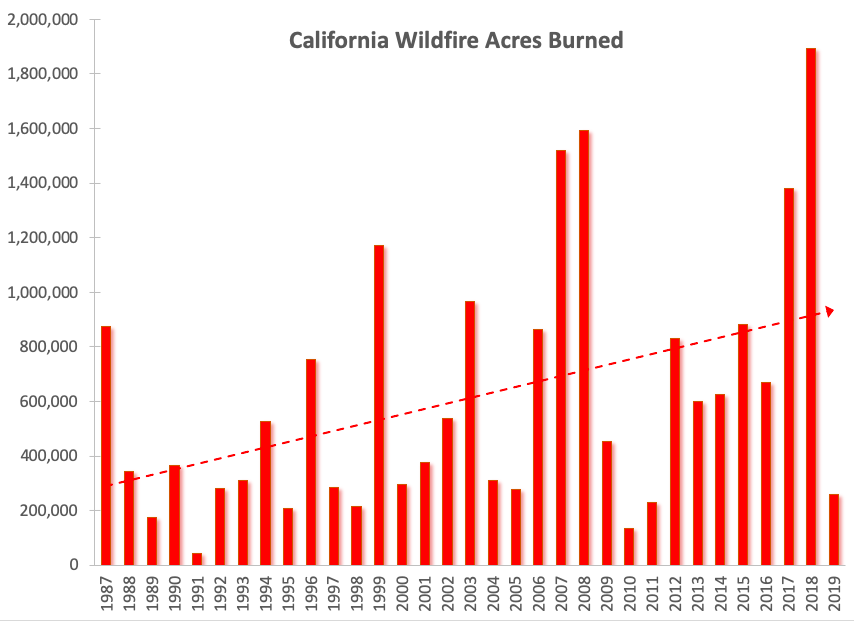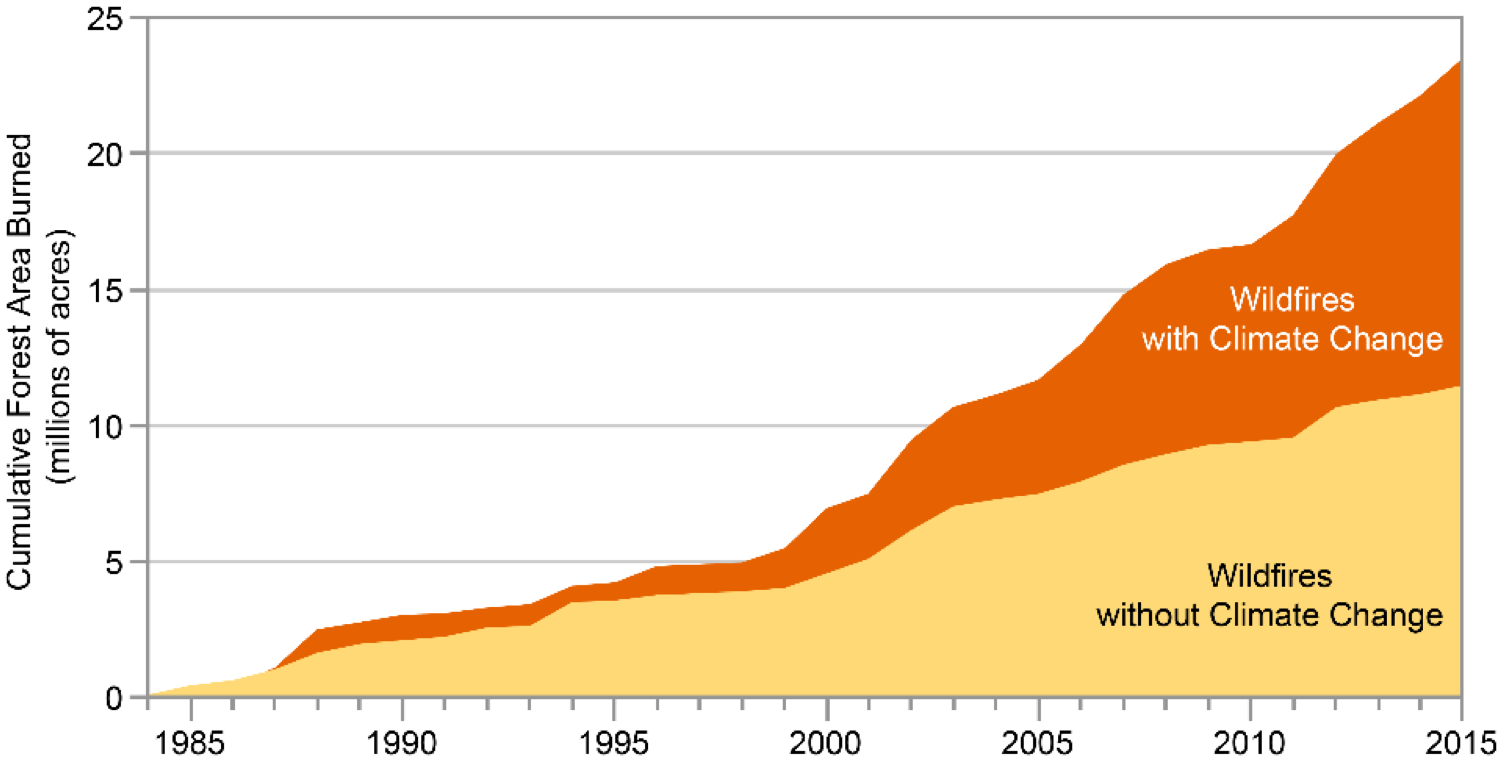 Arguments
Arguments
 Software
Software
 Resources
Comments
Resources
Comments
 The Consensus Project
The Consensus Project
 Translations
Translations
 About
Support
About
Support


Latest Posts
- Skeptical Science New Research for Week #49 2025
- Climate Adam & Dr Gilbz - Paris Climate Agreement At 10: Did It Do Anything?
- Fact brief - Does the recent slowdown in Arctic sea-ice extent loss disprove human-caused warming?
- Why the chemtrail conspiracy theory lingers and grows – and why Tucker Carlson is talking about it
- 2025 SkS Weekly Climate Change & Global Warming News Roundup #48
- Skeptical Science New Research for Week #48 2025
- Consensus machines
- Just have a Think - How an African energy revolution could save ALL of us.
- A girl’s grades drop every summer. There’s an alarming explanation.
- 2025 SkS Weekly Climate Change & Global Warming News Roundup #47
- Fact brief - Are changes in solar activity causing climate change?
- Skeptical Science New Research for Week #47 2025
- Exploring newly released estimates of current policy warming
- Climate Adam - Why the Climate Crisis is a Health Crisis
- Super pollutants are trendy, but we should be careful how we use them
- 2025 SkS Weekly Climate Change & Global Warming News Roundup #46
- Skeptical Science New Research for Week #46 2025
- On the Gates climate memo
- Climate Adam - Climate Scientist responds to Bill Gates
- Five ways Joe Rogan misleads listeners about climate change
- 2025 SkS Weekly Climate Change & Global Warming News Roundup #45
- Skeptical Science New Research for Week #45 2025
- Debunking Joe Rogan, Dick Lindzen, and Will Happer
- Fact brief - Does cold weather disprove human-caused climate change
- Climate change strengthened Hurricane Melissa, making the storm’s winds stronger and the damage worse.
- 2025 SkS Weekly Climate Change & Global Warming News Roundup #44
- Skeptical Science New Research for Week #43 2025
- Climate Adam - Can Solar Halt the Desert?
- Fact brief - Is there empirical evidence for human-caused global warming?
- A “controversial” methane metric?
Archived Rebuttal
This is the archived Intermediate rebuttal to the climate myth "Wildfires are not caused by global warming". Click here to view the latest rebuttal.
What the science says...
|
Global warming worsens wildfires by drying vegetation and soil, creating more fuel for fires to spread further and faster. In some areas like southeastern Australia and California, altered atmospheric patterns may also be creating stronger a |
Heat worsens wildfires
The clearest connection between global warming and worsening wildfires is by increasing evapotranspiration and the vapor-pressure deficit. In simple terms. vegetation and soil dry out, creating more fuel for fires to expand further and faster. This is particularly a problem in Mediterranean climates that are prone to drought, like in California and Australia.
For example, California's record-breaking wildfire season in 2018 came at the culmination of the state's five hottest years on record (2014–2018) and a record-breaking drought (2012–2017). Australia's record-breaking bushfire season of 2019–2020 followed the continent's two hottest and driest years on record, and expanded during a record-breaking heatwave that included an average country-wide high temperature of 41.9°C (107.4°F) on 18 December 2019.
Though many factors contribute to wildfires, the reason the Australian wildfires are so much worse this year than other recent years is the combination of record drought and record heat. #AustraliaFires
— Robert Rohde (@RARohde) January 4, 2020
History of national-average temperature and precipitation since 1910. pic.twitter.com/aHh3kDFIZ7
Because of the long-term warming trend, the Fourth National Climate Assessment Report concluded,
“Climate change has led to an increase in the area burned by wildfire in the western United States.Analyses estimate that the area burned by wildfire from 1984 to 2015 was twice what would have burned had climate change not occurred. Furthermore, the area burned from 1916 to 2003 was more closely related to climate factors than to fire suppression, local fire management, or other non-climate factors.
Climate change has driven the wildfire increase, particularly by drying forests and making them more susceptible to burning.”

Acres burned by wildfires in California 1987–2019, with the linear trend shown. Data from Cal Fire.

Cumulative forest area burned in the western United States 1984–2015, and attribution to human-caused climate change. Source: Fourth National Climate Assessment.
Changing atmospheric circulations
A second, though more scientifically uncertain connection between climate and worsening wildfires involves changing atmospheric circulation patterns.
California's aforementioned record drought was exacerbated by a high-pressure ridge sitting off the Pacific coast, coined the “Ridiculously Resilient Ridge.” That ridge diverted storm systems to the north of California; the resulting period of low precipitation combined with record high temperatures to create dangerously dry wildfire conditions.
Rutgers climate scientist Jennifer Francis over the past decade has been researching the connection between changes in the Arctic and extreme weather patterns throughout the Northern Hemisphere. In recent years a growing number of climate scientists have found evidence supporting her groundbreaking research. In a 2017 paper in Nature Communications, researchers led by Ivana Cvijanovic and Ben Santer found evidence of a connection between disappearing Arctic sea ice and these high-pressure ridges in the Pacific. And in an October 2018 paper in Science Advances, scientists Michael Mann and Stefan Rahmstorf and colleagues found that depending on how human fossil fuel pollution changes in the coming years, the frequency of wavy jet stream events that often lead to high-pressure ridges off the California coast could triple by the end of the century.
The situation in Australia is again strikingly similar to that in California. Researchers have shown that global warming is expanding an atmospheric circulation pattern known as the Hadley cell. This circulation is caused by hot air at the equator rising and spreading toward the poles, where it begins to cool and descend, forming high pressure ridges. In Australia, this process creates what’s known as the subtropical ridge, which as CSIRO notes, has become more intense as a result of global warming expanding the Hadley cell circulation. A 2014 study, CSIRO’s David Post and colleagues reported that stronger high-pressure ridges have been decreasing rainfall in southeastern Australia in the autumn and winter. The lack of rainfall creates more dry fuel for fires and lengthens the bushfire season.
Based on this scientific research, the latest IPCC report found in 2014 that “fire weather is projected to increase in most of southern Australia,” with days experiencing very high and extreme fire danger increasing 5–100% by 2050. And a 2015 CSIRO report concluded, “Extreme fire weather days have increased at 24 out of 38 Australian sites from 1973-2010, due to warmer and drier conditions … [forest fire danger index] increase across southeast Australia is characterised by an extension of the fire season further into spring and autumn … partly driven by temperature increases that are attributable to climate change.”
Global warming will keep worsening wildfires
Some are quick to point out that droughts and wildfires happen naturally, and the latter are often sparked by humans. While that's true, it's also the case that human-caused climate change is responsible for making wildfires spread further and faster, by creating drier conditions and likely by changing atmospheric circulation patterns that result in less rainfall in some fire-prone regions like California and Australia.
Updated on 0000-00-00 by dana1981.
THE ESCALATOR

(free to republish)
























































